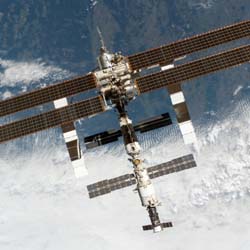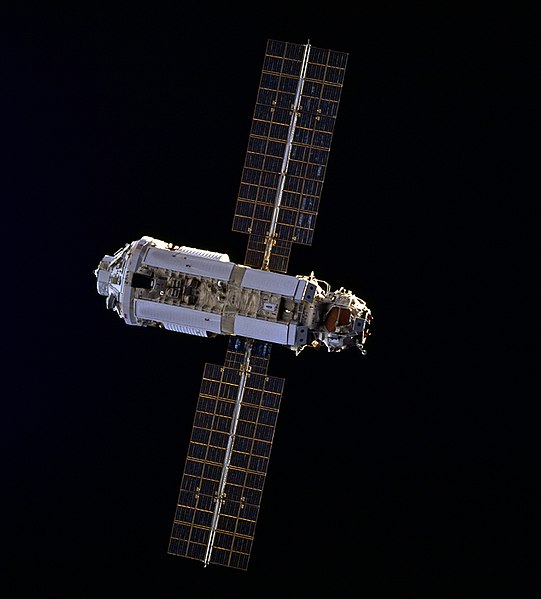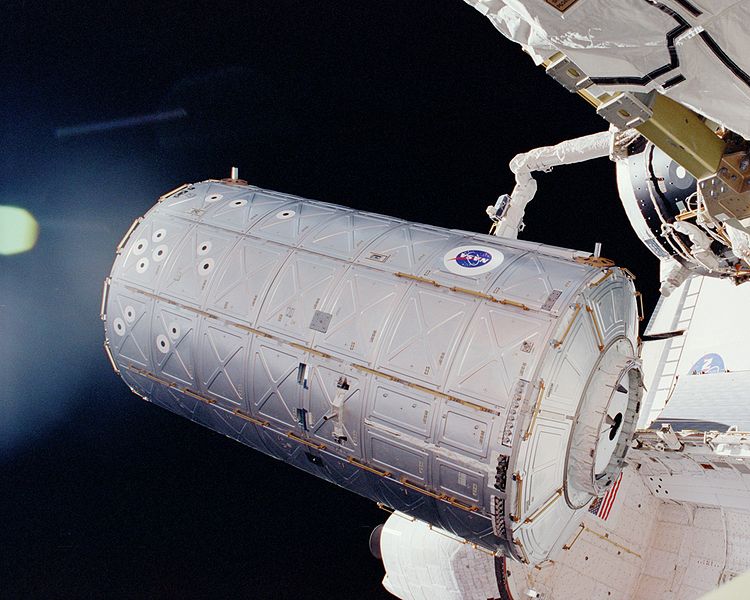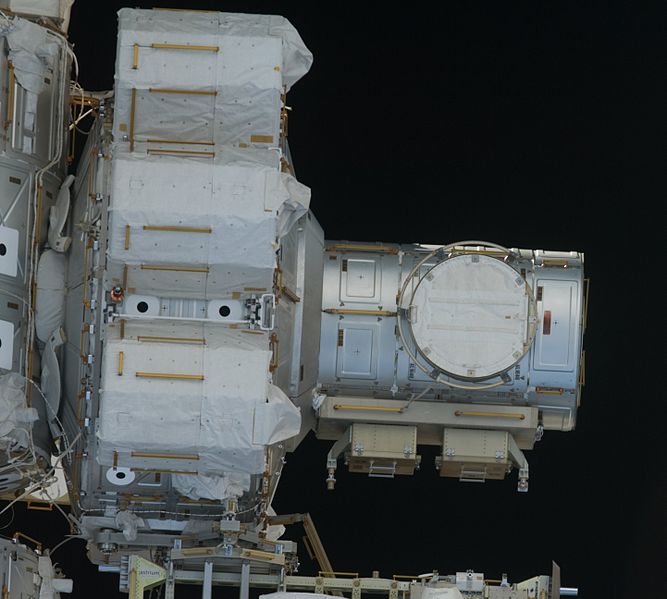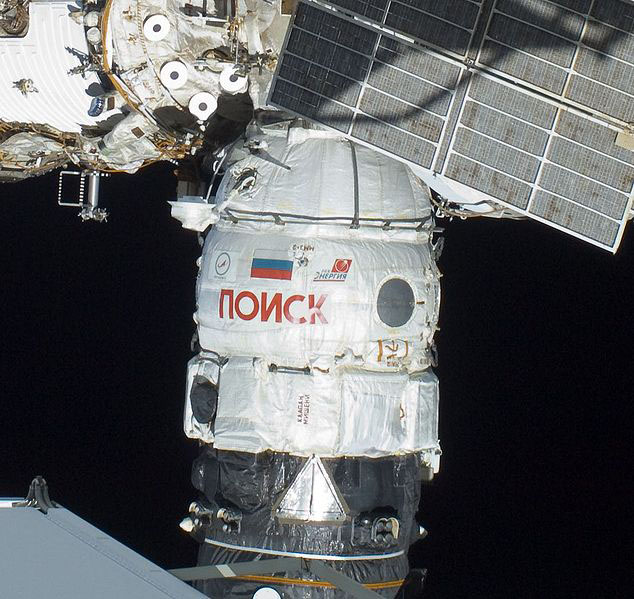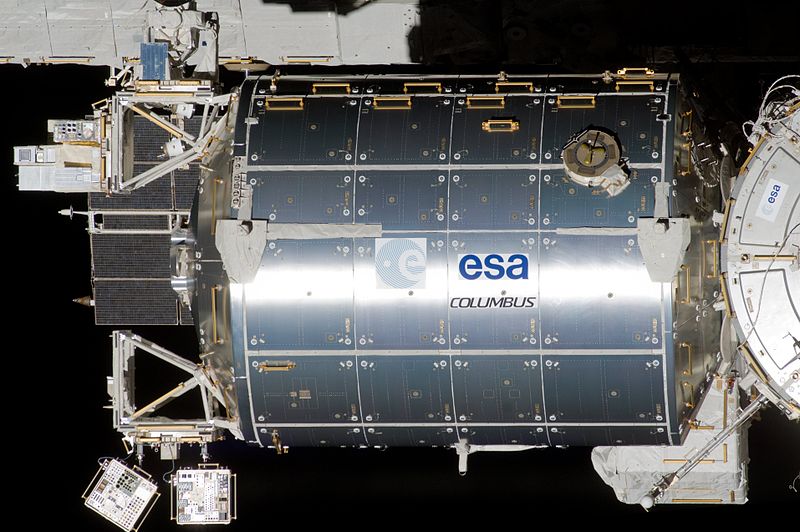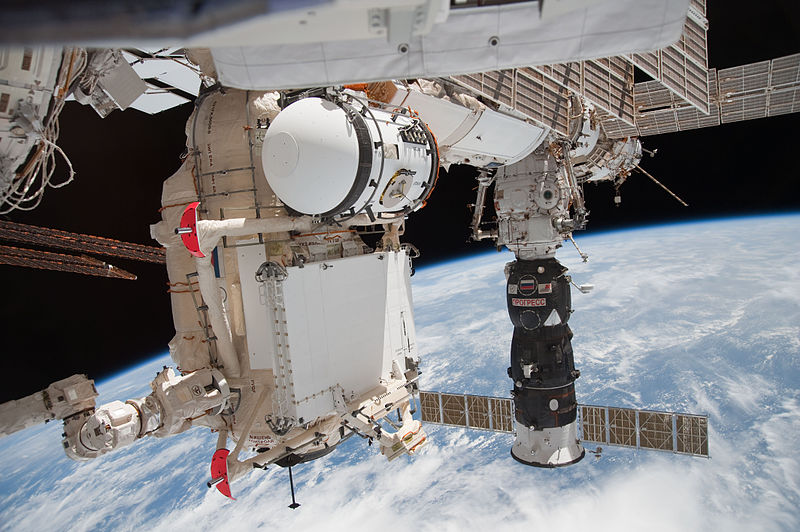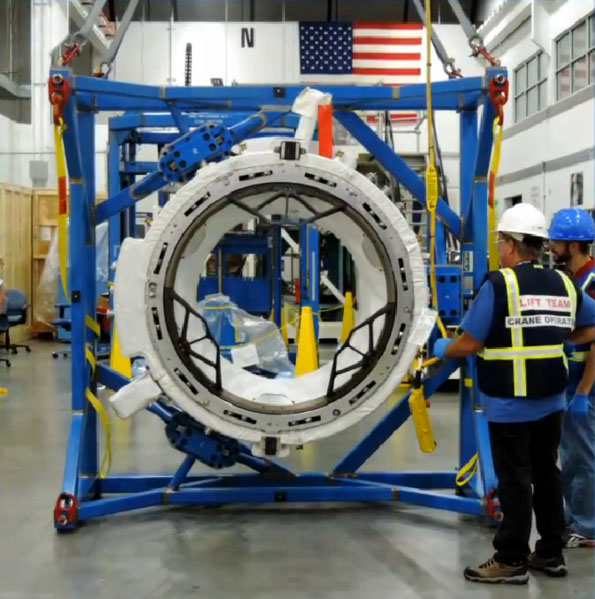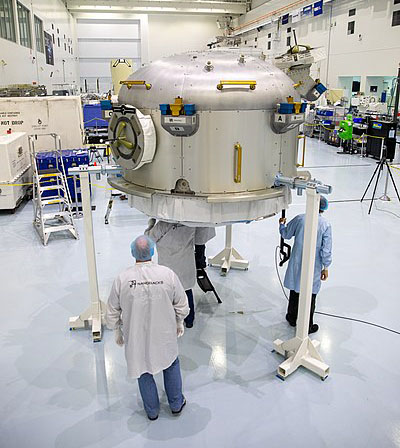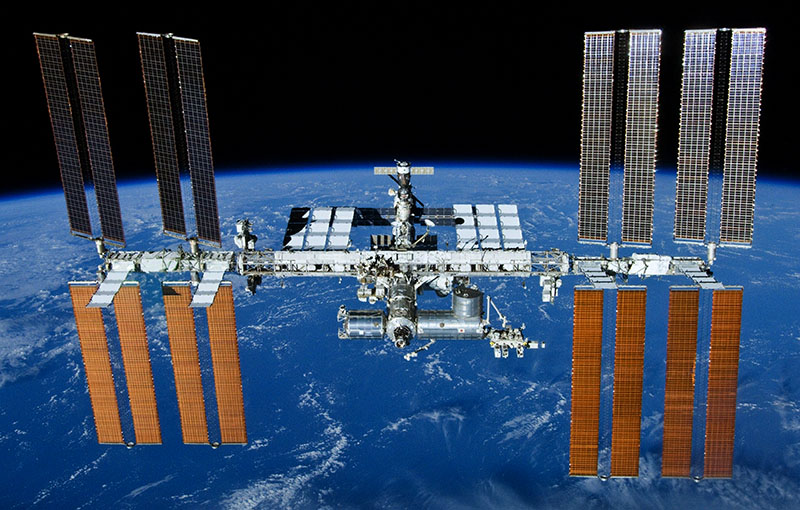International Space Station (ISS)
Multi-Purpose international station for the space investigation.
Although the United States, through NASA, leads the ISS project, 15 other countries are involved in building and operating various parts of the station: Russia, Canada, Japan, Brazil, and 11 member nations of ESA (Belgium, Denmark, France, Germany, Italy, The Netherlands, Norway, Spain, Sweden, Switzerland, and the United Kingdom).

